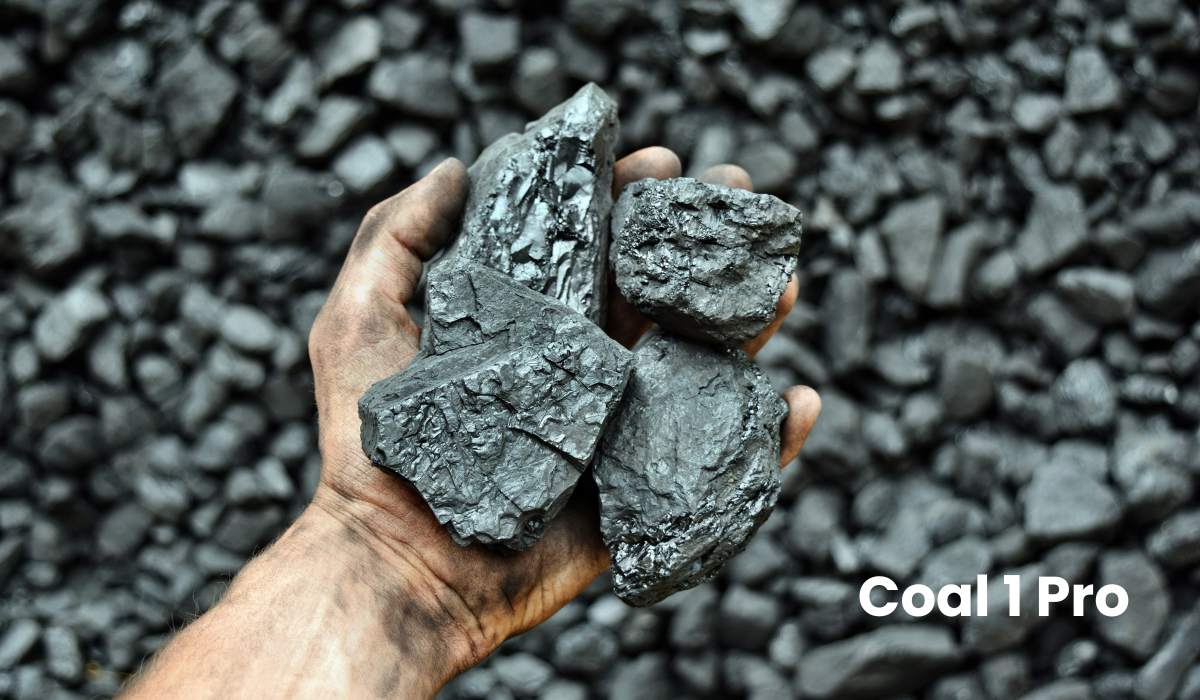Introduction
Coal has been a cornerstone of industrial and energy production for centuries, but advancements in coal technology have led to more efficient and environmentally friendly solutions. One such innovation is Coal 1 Pro, a high-efficiency coal designed for optimized energy output and reduced emissions. As global energy demands increase and sustainability becomes a priority, understanding Coal 1 Pro and its benefits is crucial for industries and policymakers alike.
What is Coal 1 Pro?
Coal 1 Pro is a specially processed coal that offers superior combustion efficiency, lower emissions, and a higher energy yield than traditional coal. It is designed for use in power plants, industrial applications, and manufacturing processes where high thermal efficiency is required.
Key Characteristics of Coal 1 Pro
- High Energy Density: Delivers more energy per unit compared to standard coal.
- Lower Emissions: Produces reduced levels of CO₂, SO₂, and NOₓ.
- Improved Combustion Efficiency: Burns more completely, leaving behind minimal residue.
- Cost-Effective: Reduces fuel consumption and operational costs.
Benefits of Coal 1 Pro for Energy Production
1. Enhanced Power Generation Efficiency
Coal 1 Pro allows power plants to generate more electricity using less fuel. This results in:
- Higher output with fewer resources
- Reduced operational costs
- Lower carbon footprint per megawatt-hour
2. Industrial Applications
Industries reliant on coal for production processes, such as steel manufacturing and cement production, benefit from the improved performance of Coal 1 Pro. It ensures:
- Consistent high-temperature output
- Lower waste by-products
- Greater reliability in industrial furnaces
3. Environmental Sustainability
Despite coal’s reputation as a major polluter, Coal 1 Pro is designed to minimize harmful emissions. With the integration of carbon capture and cleaner-burning technology, industries can significantly reduce their environmental impact.
How Coal 1 Pro Stands Out from Traditional Coal
| Feature | Traditional Coal | Coal 1 Pro |
|---|---|---|
| Energy Output | Standard | High |
| CO₂ Emissions | High | Lower |
| Combustion Efficiency | Moderate | High |
| Residue | More Ash | Minimal |
| Cost Savings | Less Efficient | More Efficient |
Challenges and Considerations
While Coal 1 Pro offers numerous advantages, there are challenges to consider:
- Initial Investment: Transitioning to Coal 1 Pro may require updates to existing infrastructure.
- Market Availability: As a relatively new product, supply chains are still developing.
- Policy Regulations: Governments may impose restrictions or incentives impacting its adoption.
Future of Coal 1 Pro in the Global Energy Landscape
With the ongoing push for cleaner energy solutions, Coal 1 Pro has the potential to play a key role in the transition toward sustainable power generation. Innovations in carbon capture technology and cleaner combustion methods can further enhance its viability as a long-term energy source.
Frequently Asked Questions (FAQs)
1. Is Coal 1 Pro more expensive than traditional coal?
Initially, the cost may be higher due to production and processing. However, its efficiency leads to long-term savings.
2. How does Coal 1 Pro compare to renewable energy sources?
While renewable energy is the ultimate goal, Coal 1 Pro serves as a cleaner alternative for industries that still rely on coal-based energy.
3. Can existing coal power plants use Coal 1 Pro?
Yes, but some modifications may be required to maximize efficiency.
4. Where is Coal 1 Pro primarily used?
It is widely adopted in power plants, industrial furnaces, and manufacturing sectors that require high energy output.
Conclusion
Coal 1 Pro represents a significant advancement in coal technology, offering higher efficiency, reduced emissions, and cost savings. As industries seek sustainable energy solutions, adopting Coal 1 Pro can be a viable step toward a more efficient and environmentally conscious future. Exploring cleaner alternatives while maximizing current resources is key to balancing economic growth and environmental responsibility.

